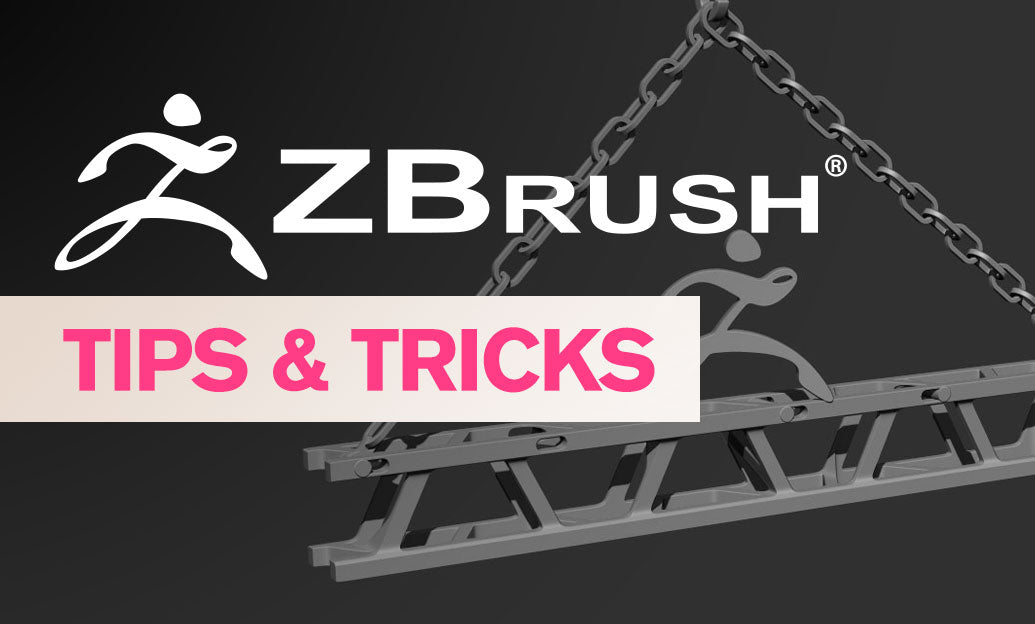Your Cart is Empty
Customer Testimonials
-
"Great customer service. The folks at Novedge were super helpful in navigating a somewhat complicated order including software upgrades and serial numbers in various stages of inactivity. They were friendly and helpful throughout the process.."
Ruben Ruckmark
"Quick & very helpful. We have been using Novedge for years and are very happy with their quick service when we need to make a purchase and excellent support resolving any issues."
Will Woodson
"Scott is the best. He reminds me about subscriptions dates, guides me in the correct direction for updates. He always responds promptly to me. He is literally the reason I continue to work with Novedge and will do so in the future."
Edward Mchugh
"Calvin Lok is “the man”. After my purchase of Sketchup 2021, he called me and provided step-by-step instructions to ease me through difficulties I was having with the setup of my new software."
Mike Borzage
Rhino 3D Tip: Optimizing Block Management in Rhino 3D with the Explode Command
February 01, 2025 2 min read

In Rhino 3D, blocks are invaluable for managing and organizing repeated geometry within your models. They allow you to create complex assemblies from individual elements, streamline your workflow, and reduce file size. However, there are instances when you need to access or edit the individual components of a block. The Explode Block command is essential in these situations, enabling you to break down a block into its constituent parts for further modification.
Understanding When to Use Explode Block
Exploding a block is useful when you need to:
- Edit individual elements within a block that cannot be modified while it's grouped.
- Apply different materials or properties to specific parts of a block.
- Alter the geometry of a block for customization without affecting other instances.
Steps for Using the Explode Block Command Effectively
- Select the Block: Click on the block you wish to explode. Ensure that only the intended block is selected to avoid unwanted changes to other elements.
-
Initiate the Explode Command: Type
Explodein the command line or select it from the menu. This action will break the block into its primary components. - Modify As Needed: With the block exploded, you can now edit individual elements, change properties, or reassemble parts differently.
-
Recreate the Block (Optional): If you plan to reuse the modified components as a block, you can select the elements and create a new block using the
Blockcommand.
Best Practices for Exploding Blocks
- Backup Original Blocks: Before exploding, it’s wise to keep a copy of the original block in case you need to revert changes.
- Avoid Unnecessary Explosions: Exploding blocks can increase the complexity of your model. Only explode when necessary to maintain optimal performance.
- Use Edit Block In-Place Feature: If your goal is to make changes that should reflect across all instances of the block, consider using the Edit Block In-Place option instead.
- Manage Layers Carefully: Exploded block components may inherit different layer properties. Ensure the layers are organized to prevent confusion.
Potential Issues and How to Address Them
When exploding blocks, you may encounter:
-
Layer Chaos: Components may spread across multiple layers. Use the
ChangeLayercommand to organize them. - Loss of Instance Links: Exploding breaks the link between block instances. Any changes won't affect other instances. Be mindful if consistency is required.
- File Size Increase: More individual objects can lead to larger file sizes. Regularly purge unused blocks and optimize your model.
Additional Tips
- Use Grouping: After exploding, group related components to maintain organization without recreating a block.
- Leverage Named Selections: Save selections of exploded components for quick access in future edits.
- Consult Resources: For more advanced strategies, explore tutorials and guides available at NOVEDGE for in-depth knowledge.
Enhance Your Workflow with NOVEDGE
Maximizing the potential of Rhino 3D’s features like the Explode Block command can significantly streamline your design process. For more tips, tricks, and professional resources, consider visiting NOVEDGE, a premier source for design software and expertise.
By mastering block management, you enhance not only your efficiency but also the quality of your 3D models. Remember to use the Explode Block command judiciously and always keep your project’s organization in mind.
You can find all the Rhino products on the NOVEDGE web site at this page.
Also in Design News

Cinema 4D Tip: Optimizing Motion Blur for Enhanced Realism in Cinema 4D Animations
October 07, 2025 3 min read
Read More
Bluebeam Tip: Efficient PDF Management with Bluebeam Revu's Document Version Control Tool
October 07, 2025 2 min read
Read More
ZBrush Tip: Maximizing ZBrush Displace Brush for Intricate Surface Detailing
October 07, 2025 2 min read
Read MoreSubscribe
Sign up to get the latest on sales, new releases and more …


